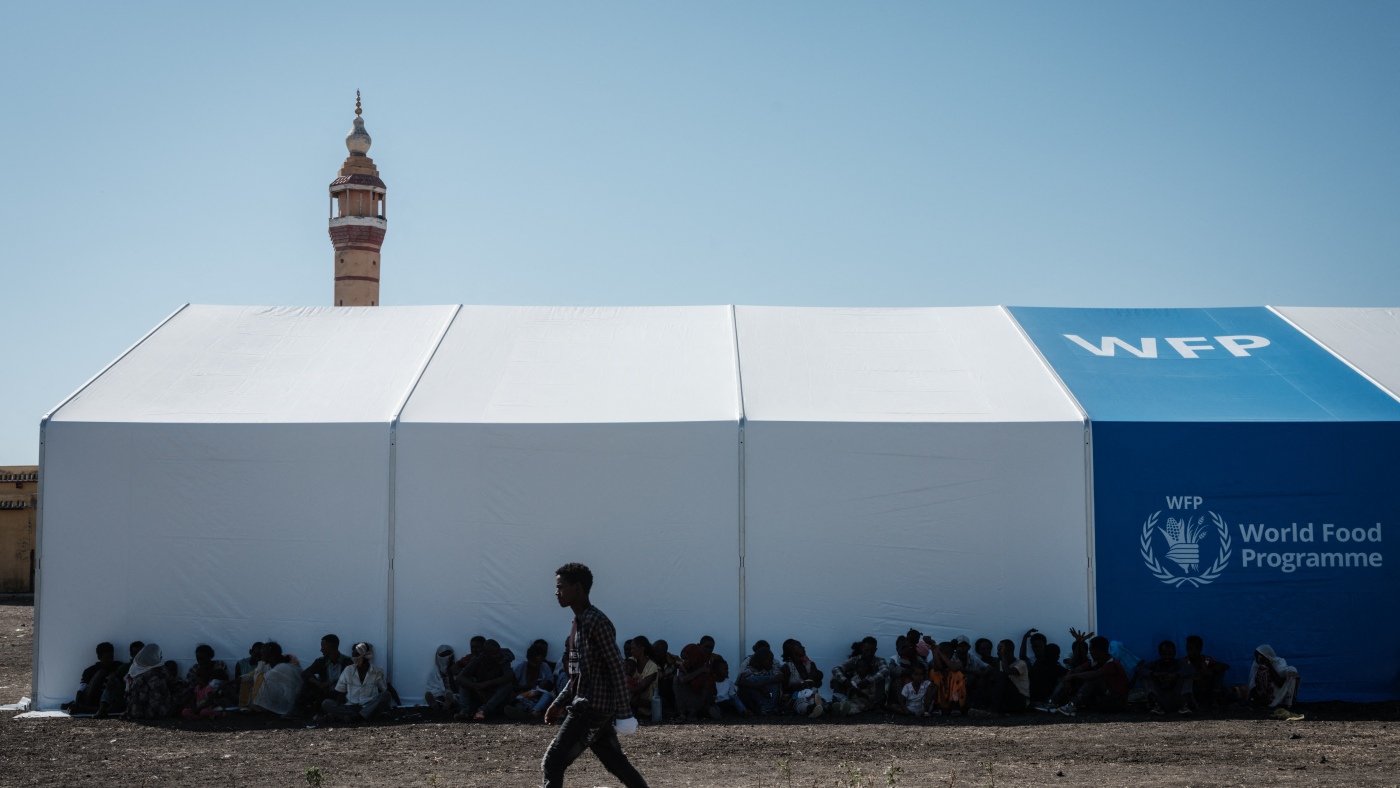The World Food Programme’s Struggle to Feed the Hungry
The World Food Programme (WFP), the world’s largest humanitarian organization dedicated to combating hunger, is at a critical crossroads. The organization, which serves over 100 million people annually, is grappling with severe budget cuts that threaten its mission to feed the hungry and build a pathway to peace, stability, and prosperity.
The Current State of the World Food Programme
The WFP, a U.N. agency and Nobel Peace Prize winner, has been at the forefront of the global fight against hunger for decades. However, the organization is now confronting unprecedented challenges that jeopardize its ability to continue its vital work.
A History of Service
The WFP has a long history of service, providing a lifeline to those affected by conflict, disasters, and the impact of climate change. Last year alone, the organization served more than 100 million people worldwide, demonstrating its commitment and reach. The WFP’s work is crucial, as hunger and malnutrition can have devastating consequences, including illness, poor cognitive development, and even death.
The Funding Crisis
Despite its critical mission, the WFP is now facing a severe funding crisis. The historically largest donor to the WFP, the United States, has frozen foreign aid and slashed humanitarian budgets, leaving the organization scrambling to plug a multi-billion-dollar funding gap. This crisis is not just about numbers; it’s about people—tens of millions of people at risk of extreme hunger and starvation.
The Impact of Funding Shortfalls
The funding crisis facing the WFP is not a new phenomenon, but the current situation is particularly alarming. The drastic cuts to the world’s food safety net could have dire consequences, affecting millions of lives and global security.
Immediate Consequences
The funding crisis has already had tangible impacts. For instance, almost 30,000 metric tons of food aid meant to feed acutely malnourished children and adults in famine-stricken Sudan is in limbo. This is just one example of how the cuts are affecting the most vulnerable populations. The urgency of the hunger crisis has prompted 150 Nobel and World Food Prize laureates to call for “moonshot” technological and agricultural innovations to boost food production.
Long-term Implications
Without adequate funding, the WFP’s executive director, David Beasley, has warned that the world will see mass migration, destabilized countries, and starving children and adults in the next 12 to 18 months. The hunger crisis is not just a humanitarian issue; it is a matter of global security. Protecting children from illness and hunger builds the foundation for resilient, thriving, and peaceful communities.
The Role of the United States
The United States has long been the world’s largest international food aid donor, responsible for more than 50 percent of the billions of tons of food shipped globally since the 1950s. However, the recent freeze on foreign aid and budget cuts have significantly impacted the WFP’s ability to operate.
A History of Support
The United States has been a crucial partner in the fight against hunger, providing increased funding in the past. However, the current situation requires urgent attention from all potential donors, including China, Gulf nations, billionaires, and other countries.
The Need for Increased Support
Beasley has praised increased funding from the United States and Germany in the past, but the current situation requires urgent attention from all potential donors. The hunger crisis is a global issue that demands a global response. Every government, every international organization, and every individual has a role to play in supporting the WFP.
The Path Forward
To address the funding crisis, a multi-faceted approach is necessary. This includes increased political will, technological and agricultural innovations, and private sector involvement.
Increased Political Will
Governments and international organizations must prioritize funding for the WFP. The hunger crisis is not just a humanitarian issue; it is a matter of global security. By investing in the WFP, governments can help build resilient, thriving, and peaceful communities.
Technological and Agricultural Innovations
Investing in research and development to boost food production can help alleviate hunger in the long term. Additionally, improving food distribution systems and reducing food waste can make a significant difference. The call for “moonshot” innovations is a step in the right direction, but it requires sustained investment and commitment.
Private Sector Involvement
Billionaires and corporations have the financial resources to make a substantial impact. They can contribute through direct donations, partnerships with the WFP, or investing in sustainable food production practices. The private sector has a crucial role to play in supporting the WFP and addressing the hunger crisis.
A Call to Action
The World Food Programme is at a critical juncture. The funding crisis threatens to undermine its mission to feed the hungry and build a pathway to peace, stability, and prosperity. The implications of the cuts are far-reaching, affecting millions of lives and global security.
The Urgency of the Situation
It is imperative that governments, international organizations, and the private sector come together to support the WFP. The world cannot afford to let millions of people go hungry. Every donation, every innovation, and every policy change can make a difference.
The Power of Collective Action
Together, we can ensure that no one is left behind in the fight against hunger. The time to act is now. By working together, we can build a world where everyone has access to the food they need to live healthy, productive lives. The future of millions of people depends on our collective action. Let us rise to the challenge and support the WFP in its mission to feed the hungry and build a better world.








